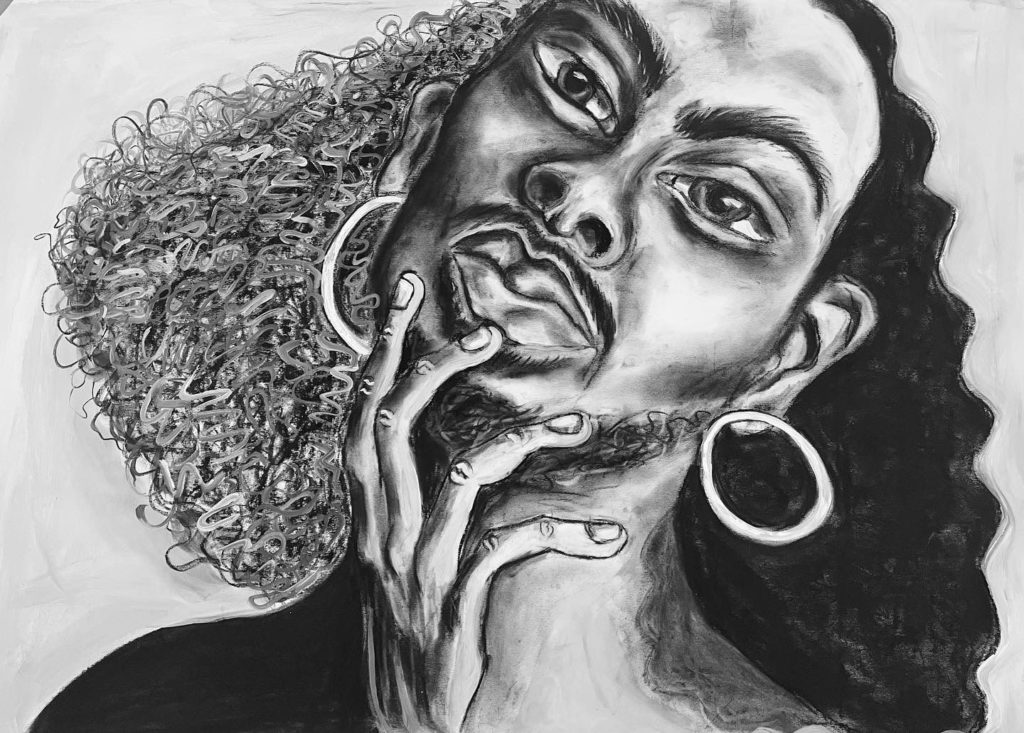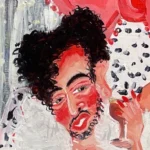
My Beautiful Monsters
If there’s a recurring theme through the history of art, it is the theme of the monster. The monstrous, understood as that which disturbs conventional imagination, arouses all kinds of attraction to those who carry out the creative work as it allows us to understand the political, aesthetic or moral coordinates of a given culture.
We can date back this fascination to the mythical representations of the ancient times, when people represented their gods -that is- those creatures placed out of the human, in the very confines of language, as creatures with truly monstrous characteristics.
In this sense, we might say there is an undeniable correlation between the monster and the sacred. This relation is especially present in the work of Cornelia Fappiano. With a catalog of monsters, quite inhabited by Frankenstein’s spirit of Mary Shelley, Fappiano introduces us to a liminal universe where the norm, the established and the comfortably predictable suffer the sudden interruption of the telluric and grotesque, typically depicted on the form of bodies that result monstrous to the patriarchal order: women and queer people.
The monsters of this artist comfortably inhabit everyday environments from their exaggerated and uncomfortable bodies to anyone that aspires to the norm and status quo. This everyday sacredness has its own political charge as the monsters depicted by Fappiano speak from the shores of hegemony.
Through her strokes Fappiano suggests two ways of understanding monstrosity: on one hand, her characters, liminal and unclassifiable, gender ambiguous or with doubtful stability, in whose details we can find traces of discomfort. On the other hand, the environment they inhabit is apparently normal, but monstrous and suffocating at the same time.
For Mary Shelley’s monster, the truly monstrous is the mob of “normal” people with straw forks and torches. For Fappiano’s monsters, the monster is the oppressive reality.
With a surrealist touch not without irony, these characters embody traces of feminism, queer identity and other topics that have become commonplace in the contemporary cultural struggle. At a time when fascism seems to be normalizing, Fappiano’s monsters remind us of that quote from Nietzsche «Whoever fights monsters should see to it that in the process he does not become a monster».
However, the joy in which they unfold, despite the oppressiveness of their surrounding, makes one think more of another quote, attributed to Gramsci «The old world is dying, and the new one struggles to be born: now is the time of monsters».
If we can say anything about Fappiano’s work it’s that it is a joyous cry to create something revolutionary out of monstrosity.
Dafne Martínez
“Mis monstruos hermosos”, una obra pictórica contra los estereotipos Diario de Queretaro
Exponen en la Galería Libertad sobre la ironía de la realidad Codice Informativo, Queretaro
Galería Libertad Querétaro presenta exposiciones sobre la ironía de la realidad Crónica Regional
Exponen en la Galería Libertad sobre la ironía de la realidad Queretanizate
Exposición: Mis monstruos hermosos Lider Empresarial
Cultura: Mis monstruos hermosos, dar voz a quienes no la tienen a través del arte Tribuna de Queretaro
Inauguran la primera temporada de exposiciones en la Galería Libertad Noticias de Queretaro


Thanks for your blog, nice to read. Do not stop.
Good post.